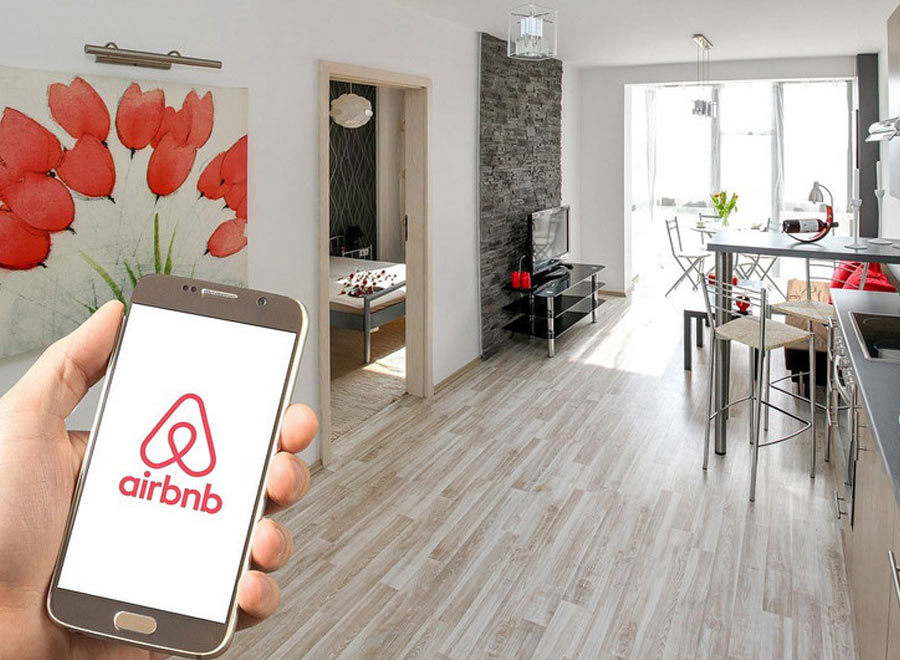Lawyer with expertise in provision law in Berlin
It is not easy to concern yourself with the topics of death or illness. The feeling of having prepared everything for yourself and your relatives is all the better.
You can get the provision package containing patient’s provision and healthcare proxy for only 199€ incl. VAT.
The differences between healthcare proxy, patient’s provision and appointment of a legal representative for healthcare explained
Healthcare procy
With a healthcare proxy one person (delegator) authorizes another person (proxy) to handle all or specific tasks for the delegator in specific situations.
Patient’s provision
With a patient’s provision or advance directive, you write down your desire regarding whether you want or don’t want medical care if you can no longer express your wishes due to your physical or psychological condition.
Appointment of a legal representative for healthcare
The appointment of a legal representative for healthcare contains essentially a suggestion of the writer to the court of protection to appoint a specific, named person as legal representative if the writer comes into need of legal representation.
How specific does a patient’s provision need to be?
The BGH has recently considered the interpretation of a patient’s provision again (Beschl. v. 14.11.2018, Az. XII ZB 107/18).
The case summarized in short
The patient declined life-sustaining measures in the case of “no expectation of regaining consciousness”. Whether this is specific enough to end artificial feeding was the subject of the decision. In conclusion the judges confirmed that the statement is specific enough. However, they also argued that the woman had said before witnesses that she wouldn’t want to be in a vegetative state and artificially fed. She had experienced that with relatives and wanted to avoid it for herself.
Is ending artificial feeding active euthanasia?
A clear no from the BGH. The patient declined in her patient’s provision the use of active euthanasia. The termination of artificial feeding does not, however, fall under active euthanasia. Therefore, the phrasing that active euthanasia is rejected does not lead to the conclusion that the termination of artificial feeding is unwanted.
Did the BGH finally say how specific the wish to die has to be?
Sadly, no. The BGH has caused insecurity for many consumers through two recent decisions on the interpretation of patient’s provisions and healthcare proxies (Beschl. v. 06.07.2016, Az. XII ZB 61/16 und v. 08.02.2017, Az. XII ZB 604/15). This current decision sadly does not show a shift away from prior jurisprudence. The mere statement of not wanting “any life-sustaining measures” is, said the BGH in 2016, on its own not a specific enough care decision. In 2017 it then qualified. The phrasing of not wanting “any life-sustaining measures” is not specific enough on its own. In the context of a necessary total interpretation, it does however point towards the wish to terminate specific life-sustaining measures. Suddenly this phrasing was seen as an indication. But this indication has to be added to and underlined by witness statements regarding the patient’s will. This line was also followed by the BGH in its decision from 2018. Only if witness statements can be drawn upon to interpret the patient’s will, the termination of artificial feeding can be done.
So how should a patient’s provision be formulated?
The patient’s provision should firstly describe the situation in which the person finds themselves, e.g. “when I am in all likelihood inevitably in the immediate process of dying”. Then the omission of resuscitation or life-sustaining and life-extending measures should be decided. Then there is no need to draw on witness statements for interpretation.
Legal provisions in a German video overview
Do I need a patient’s provision?
Other areas of law

Inheritance law
I would also be happy to execute your will on your behalf. I would also be happy to advise you on gifts and the tax implications of anticipated succession.

Social law
I would be happy to explain how you can use the costs of care to structure the transfer of your assets to the next generation.




